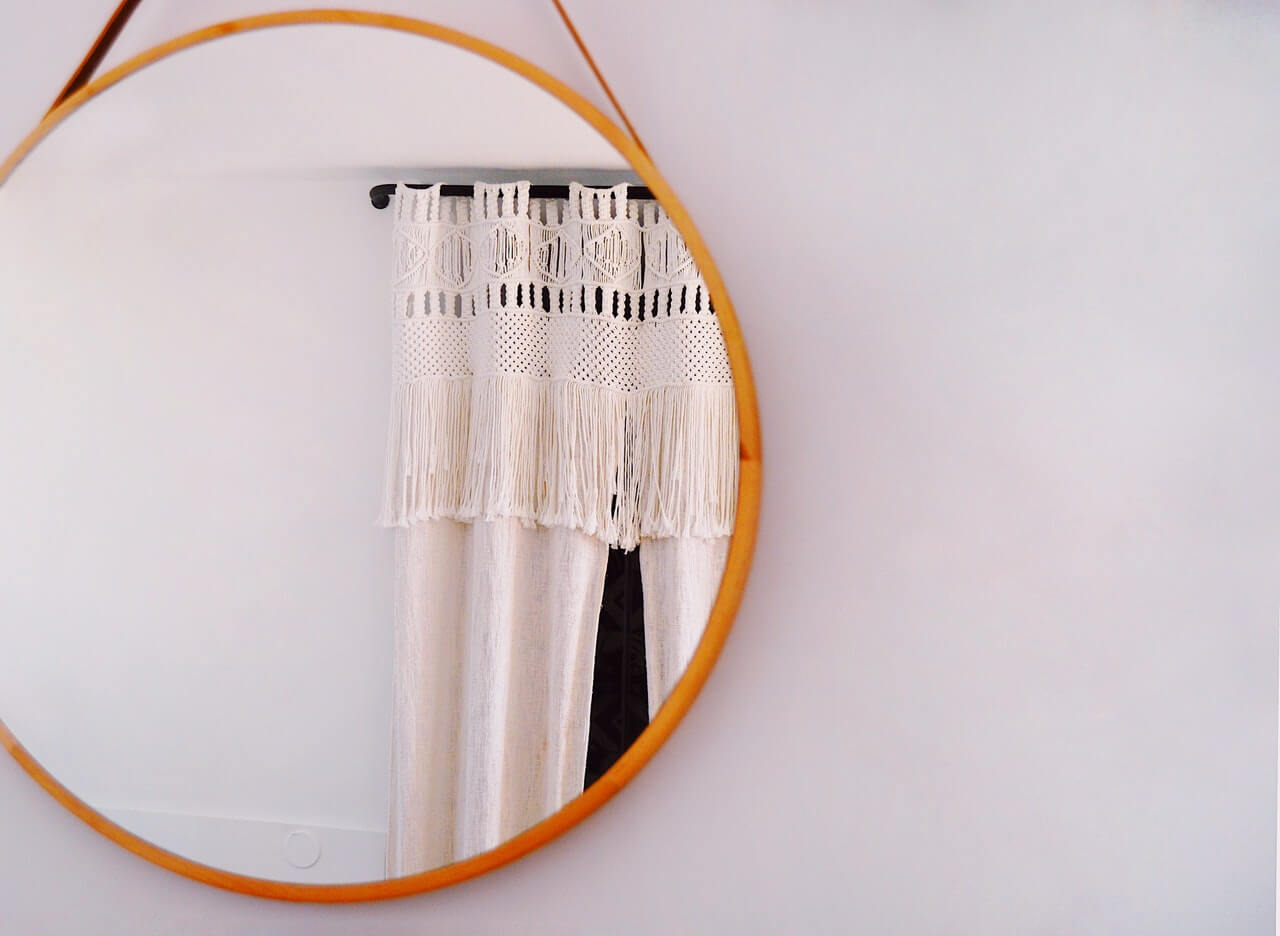Before the idea of mirrors was even conceived, there was only the idea of reflection. Ancient humans back then would have to look at bodies of water from puddles to rivers just to catch a glimpse of what they looked like to other people. Although it provided a warped reflection of the person looking at it, it was from this point forward that people started getting crafty with how they can better view their reflection.
Before we jump into viewing mirrors as aesthetic pieces that can improve interior design décor and have functional use at the same time, we’ll tackle a quick history on mirrors.
A Brief History of Mirrors: From Shiny Rocks to Glass

It was then that the earliest form of mirrors came to be. These mirrors were definitely not made of glass – humans back then didn’t have the technology to even make glass yet. Instead, they were made from shiny rocks and ores, like obsidian. Obsidian is a stone that was used as a mirror all the way back in 8,000 B.C. Formed from the rapid cooling of viscous lava from within volcanoes, obsidian is also known as “natural glass.”
In around 3,000-2,000 B.C., bronze mirrors were significantly used by the Egyptians and Chinese. Although, their design would be very simple – just flattened bronze plates that were polished so that they give off a reflection. In around 280 B.C., Egypt built an impressive structure called the Lighthouse of Alexandria which used a bronze mirror to reflect the light emitted by fire to guide ships. China, on the other hand, would have bronze mirrors mostly used by the elite and ruling class.
In the 1500s-1800’s, the Venetian mirror, also known as Murano glass mirrors, came to use. They were very much a luxury product because of how expensive they were, and because of this, they became a status symbol to be carrying around these mirrors. Making these mirrors in the first place was dangerous because they would pour and spread liquid mercury on the glass panes, and too much exposure to mercury is dangerous.
It was in 1835 however, that chemist Justus Von Leibig presented the idea of applying a thin sheet of metallic silver on one side of a clear glass pane. This invention was basically the very foundation that was kept getting improved on until we now have the mirror that you have in the bathroom of your house and lot.
Types of Mirrors
Plane Mirror
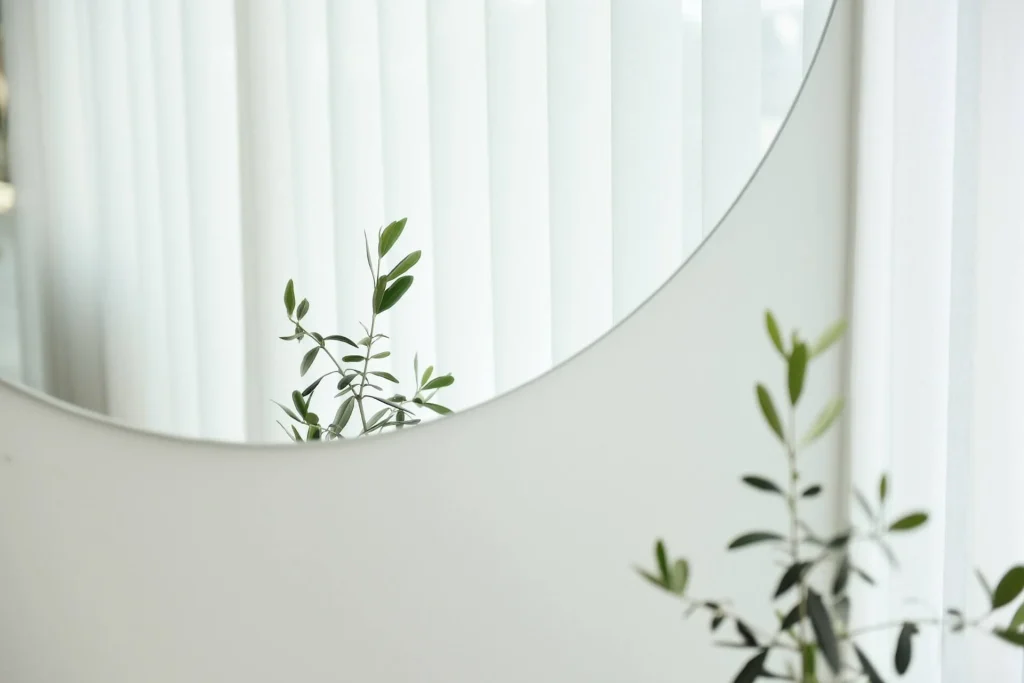
The plane mirror is the most standard type of mirror that you’ll see almost everywhere. It is most definitely present in one of the rooms of your house and lot. This mirror is basically just a flat sheet of glass. It is simple, but functional because it’ll provide you with a reflection that will give the same proportions of the object being reflected. However, writings that show up in the reflection in the mirror will look like they’re in reverse.
Convex Mirror
Convex mirrors curve outward like the backside of a soup ladle – they curve outward. Although they provide a distorted reflection, these mirrors give a much wider field of view. Hence, these are the kinds of mirrors you’ll on curvy roads for driving safety. You’ll also usually see these kinds of mirrors inside convenience stores, like an AllDay Supermarket or convenience store near your house and lot. This is for security reasons since the reflection given off by the mirror lets staff and security cameras get an additional wider view of the stores’ surroundings.
Over-the-Door Mirror
Over-the-Door-Mirrors offer the feature of maximizing space since instead of having a mirror taking up floor space in a room, the mirror is built within a door in the room instead. This feature of the mirror could be useful if you’re planning to have a mirror in one of the rooms in your house and lot and want to maximize space. There are two usual ways over-the-door mirrors are installed: 1) a mirror has hooks that are hung over the top of a door, or 2) the mirror is installed inside of a closet door.
Concave Mirror
Concave mirrors are like looking at the reflection given off by a big spoon. These mirrors are curved inward to allow more light to enter the reflective surface. These mirrors are mainly used for looking at the reflection of smaller details, which is why these kinds of mirrors are commonly used when a person is doing makeup. People also use these mirrors to check out details of their faces a lot more closely.
Two-Way Mirror
Two-way mirrors are clear on one side and reflective on the other. These kinds of mirrors are commonly used in interrogation rooms where the inside of the room shows the reflective side, but on the other side of a mirror are the authorities looking through a clear glass. Moreover, because two-way mirrors are partially reflective, they are also used in dance studios and laboratories too because it allows you to see in a lighted room, but not outside of it.
Traditional Full-Length Mirror
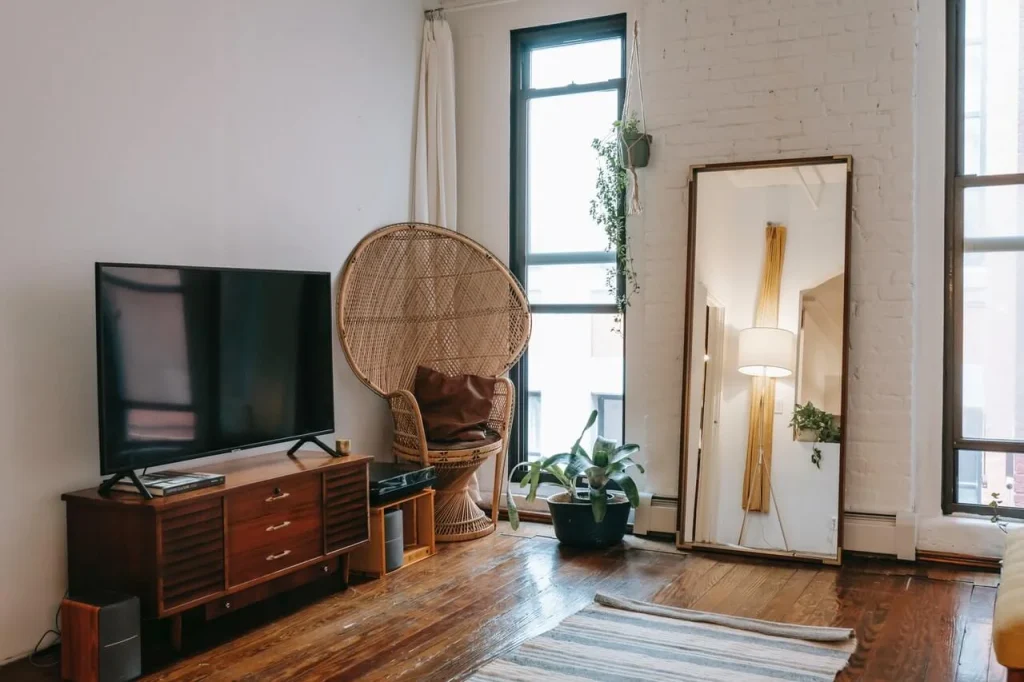
A traditional full-length mirror is just a rectangular mirror that has an easel at the back of it that supports the mirror and lets it stand. You can also take the easel off and just lean the mirror vertically against a wall. In addition, you can just mount the mirror on a wall instead. Essentially, this mirror provides a vertically wider reflection; and the mirror itself can be part of the room décor because of its simplicity.
Bespoke Mirror
Bespoke mirrors are basically mirrors designed to catch the eye and add to the aesthetic of a room or wall. These mirrors usually have decorative frames and are hung just above tables or a wall in a room that the owner thinks needs more appeal – perhaps this is one you can consider putting in that one boring spot in your house and lot. Moreover, it creates an illusion within the space of the room by making narrow hallways look broader or make rooms look bigger by reflecting the open spaces of a small room.
Non-Reversing Mirrors
Non-reversing mirrors are two mirrors connected to each other at a 90-degree angle. These kinds of mirrors are usually found in dressing rooms and bathrooms. Given the design of this mirror, it is generally used by a person to check their entire body out because the two connected mirrors form a wide view that reflects the sides and front view of a person. Hence, these are the mirrors that you would also find in clothing stores.
How Mirrors Can Liven Up Your Home
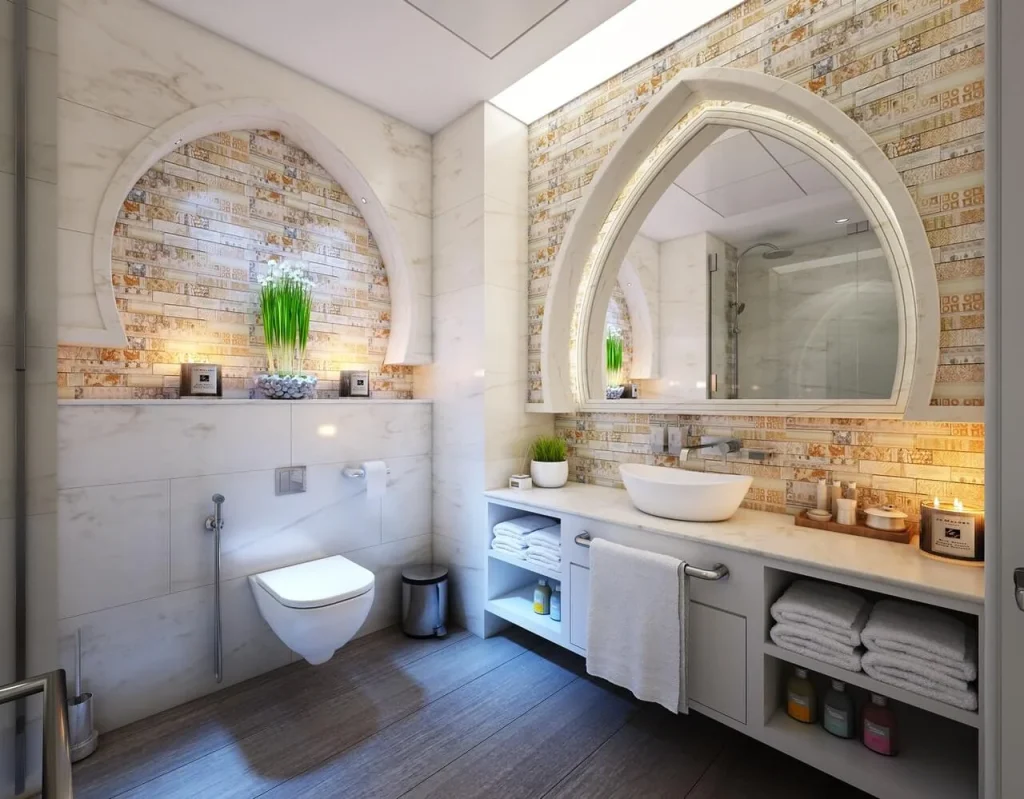
Gives the Illusion of a Bigger Room
Mirrors that have height, like traditional-full length mirrors do a good job of creating the illusion that a room has more space than it actually has. Putting a mirror that faces an open space within a room will also reflect that open space and make a room look more spacious than it actually is. In small bathrooms or apartments, placing mirrors in the right places will make the rooms much bigger and feel less crowded. Mirrors can also be used to broaden narrow hallways.
Increases the Appeal of a Room
Mirrors can serve as décor pieces that can catch visitors’ eyes when they go through the routes within your house. Mirrors can be used to bring attention to the more appealing areas of a room, like plants or other decorations. Mirrors like bespoke mirrors can be used to make the duller areas of a room look more aesthetically pleasing. If you’re more of a minimalist, however, a simple design like a traditional full-length mirror can give your house and lot interior design much more appeal.
Improves Natural Light Within the House
Placing mirrors on the other side of a bright window will reflect the natural light over a room. This will increase the brightness of a room in a more cost-efficient way, especially when it comes to dimly lit rooms. Relying on natural light to brighten up your room instead of installing more artificial light in your house and lot will definitely save you a lot more money. Moreover, you can place the mirrors in spaces where they can reflect artificial light.
Helps You Hide Flaws in a Room Smartly
Have a crack in your wall but can’t decide whether to have it fixed or not? Or perhaps the paint on one part of your wall is scraped but you don’t have the time to find and buy the paint color for it? You can use mirrors to hide the imperfections in the rooms of your house and lot instead. There are different types of mirrors for you to choose from, so you get creative on how to hide those off-putting parts of a room. It might even make the room look more tasteful too.
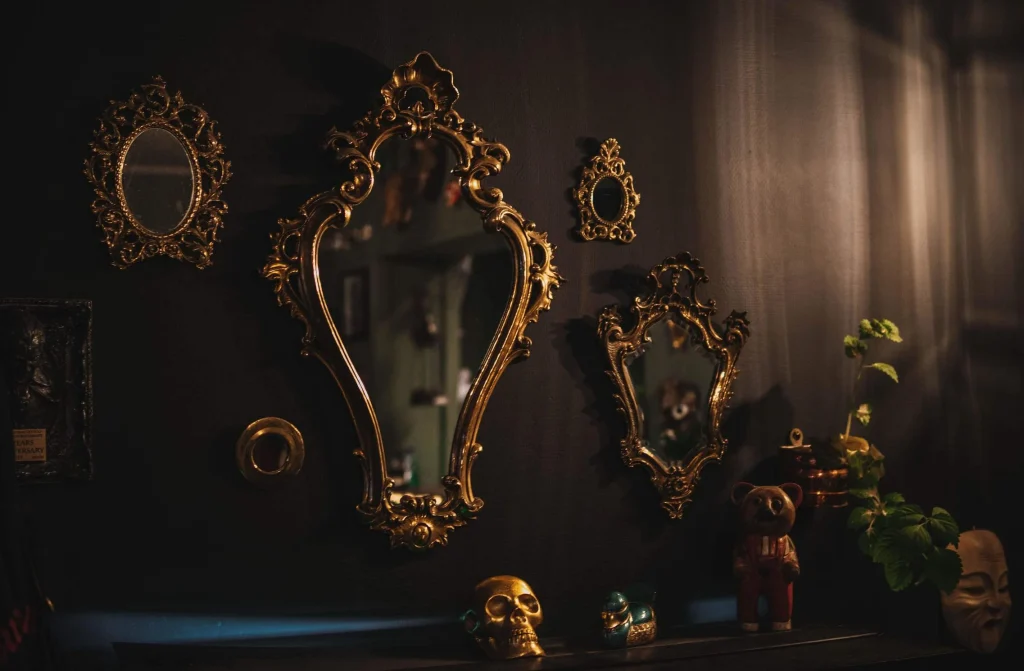
Functionality
Different kinds of mirrors can be used for different purposes. A concave mirror can be placed in bathrooms since it’s usually in the bathroom that people check their faces and its finer details out more. It’s also in the bathroom where people usually do their makeup. An over-the-door mirror can be used to place a mirror in a room yet preserve floor space. Non-reversing mirrors can be placed in dressing rooms if you want a mirror that will let you fully check your outfit out before you go out. Mirrors aren’t just for show after all. Different types of mirrors can be very useful if some thought is put into them. What are you waiting for? Start considering getting a mirror to liven up your home!
Related Blog: Choosing the Perfect Curtains for your Spacious Home


